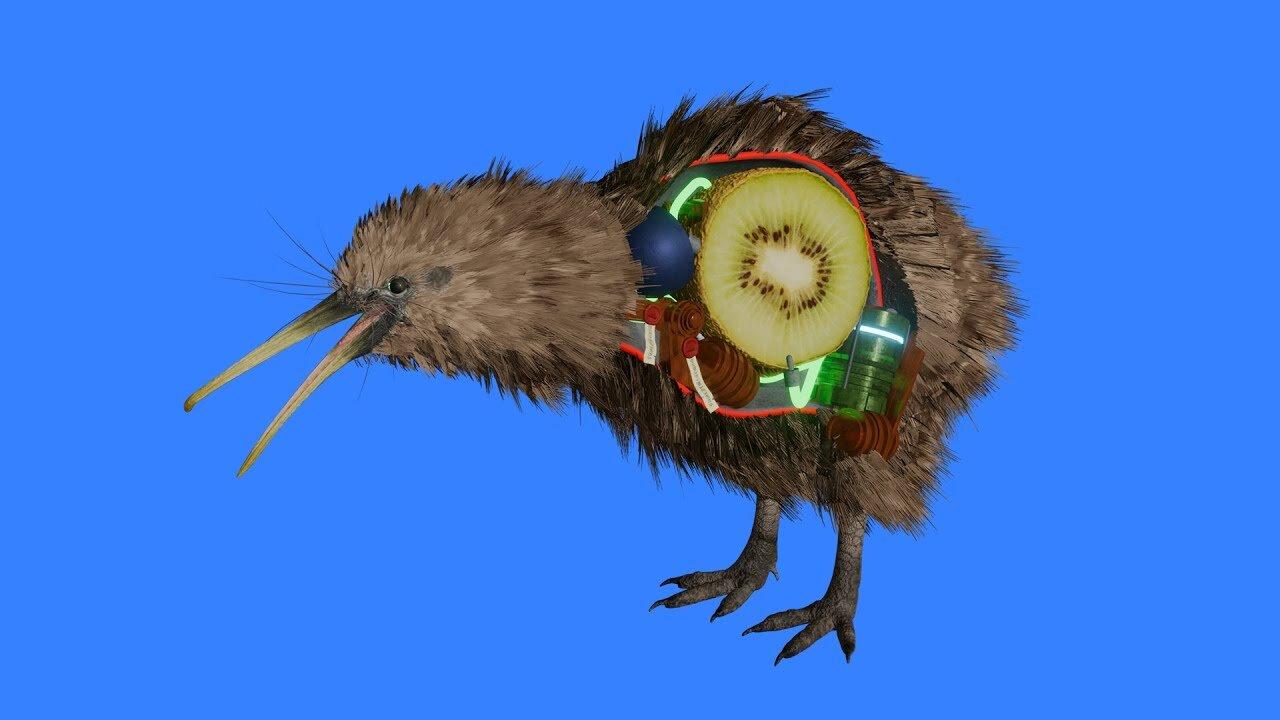How a Kiwi works

How a Kiwi works
Kiwis are small, flightless, nocturnal birds native to New Zealand, belonging to the genus Apteryx in the family Apterygidae.
There are five recognized species: brown kiwi, little spotted kiwi, great spotted kiwi, Okarito kiwi, and North Island brown kiwi.
Measuring 35–65 cm in length and weighing 1–4 kg, kiwis have a distinctive appearance with brown, hair-like feathers, strong legs, and a long, slender bill with nostrils at the tip, adapted for foraging in soil.
They lack a visible tail and have small, vestigial wings.
Kiwis inhabit forests and scrublands, feeding on invertebrates, seeds, and fruit.
They lay one of the largest eggs relative to body size of any bird, with females producing a single egg incubated primarily by the male for 70–80 days.
Monogamous and territorial, kiwis communicate through calls audible up to 1 km.
All species are endangered or vulnerable due to habitat loss and introduced predators, with conservation efforts ongoing.
